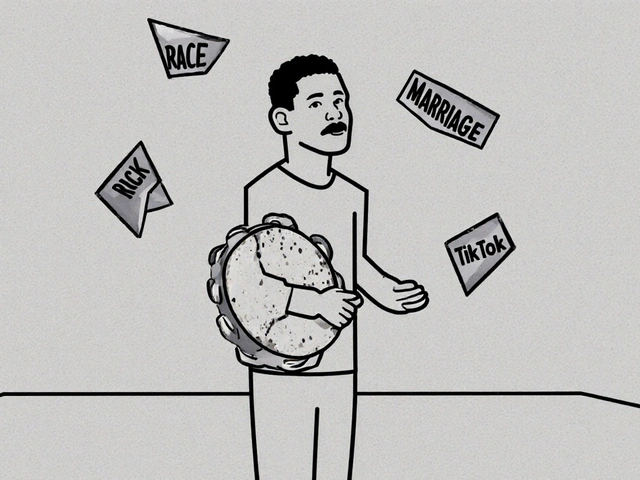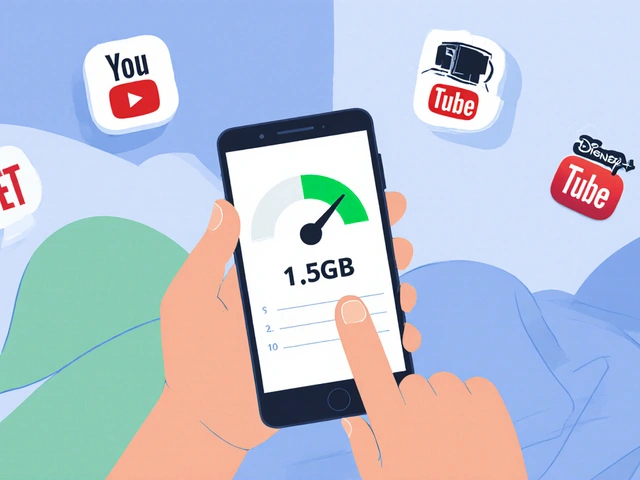YouTube Video Data Usage: What Every Creator Should Know
If you’ve ever stared at your internet bill after a big upload, you know data can add up fast. YouTube doesn’t just count the time you spend watching videos – it also tracks the bits you push up when you publish. Knowing how that works helps you avoid surprise costs and keeps your channel running smoothly.
How YouTube Measures Data
When you upload, YouTube creates several versions of your video at different resolutions. Each version consumes storage and bandwidth when viewers stream it. The platform counts the data based on the resolution and the number of views each version gets. For example, a 1080p stream uses roughly three times more data than a 480p stream. That means a single high‑def video can quickly become a data‑hungry monster if many people watch it in full HD.
Beyond streaming, YouTube also records the raw upload size. If you upload a 2 GB 4K file, that whole file is stored on their servers, even if most viewers only watch the 720p version. So the bigger your source file, the more storage you occupy, which can affect any quota you have on a shared network or cloud backup.
Tips to Reduce Data Consumption
First, trim your export settings. Most creators don’t need a 30 Mbps bitrate for 1080p; 8‑10 Mbps usually looks great on YouTube and saves a lot of space. Use a modern codec like H.264 or H.265 – they give comparable quality at lower bitrates.
Second, consider uploading at the highest resolution you actually need. If your audience mostly watches on phones, a 720p upload often suffices. YouTube will still create a higher‑resolution version, but the source file stays smaller.
Third, enable YouTube’s “upload defaults” to apply your preferred settings automatically. This way you won’t accidentally export a massive 4K file when a 1080p version would do.
Lastly, keep an eye on your analytics. YouTube’s Estimated Data Usage report shows how much bandwidth each video consumes. If a particular video spikes data usage, it might be because it’s popular in 4K. Use that insight to plan future uploads and maybe offer a lower‑resolution version in the description.
By understanding how YouTube counts data and optimizing your export workflow, you can keep your channel lean, your viewers happy, and your internet plan happy too.
22
How Much Data Does a 10‑Minute YouTube Video Use?
Find out exactly how many megabytes a 10‑minute YouTube video consumes, compare resolutions, and learn practical tips to keep your data in check.
Latest Posts
Popular Posts
-
 How Roommates Can Fairly Share Wi-Fi and Streaming Costs
How Roommates Can Fairly Share Wi-Fi and Streaming Costs
-
 IMDb’s Top 250 Explained: Why The Shawshank Redemption Still Reigns
IMDb’s Top 250 Explained: Why The Shawshank Redemption Still Reigns
-
 Lord of the Rings: The Rings of Power on Prime Video - What to Know in 2025
Lord of the Rings: The Rings of Power on Prime Video - What to Know in 2025
-
 Custom DNS for Streaming: Can Switching DNS Improve Video Start Times?
Custom DNS for Streaming: Can Switching DNS Improve Video Start Times?
-
 Why Subtitles Aren't Working: Fix Common Video Text Issues
Why Subtitles Aren't Working: Fix Common Video Text Issues



